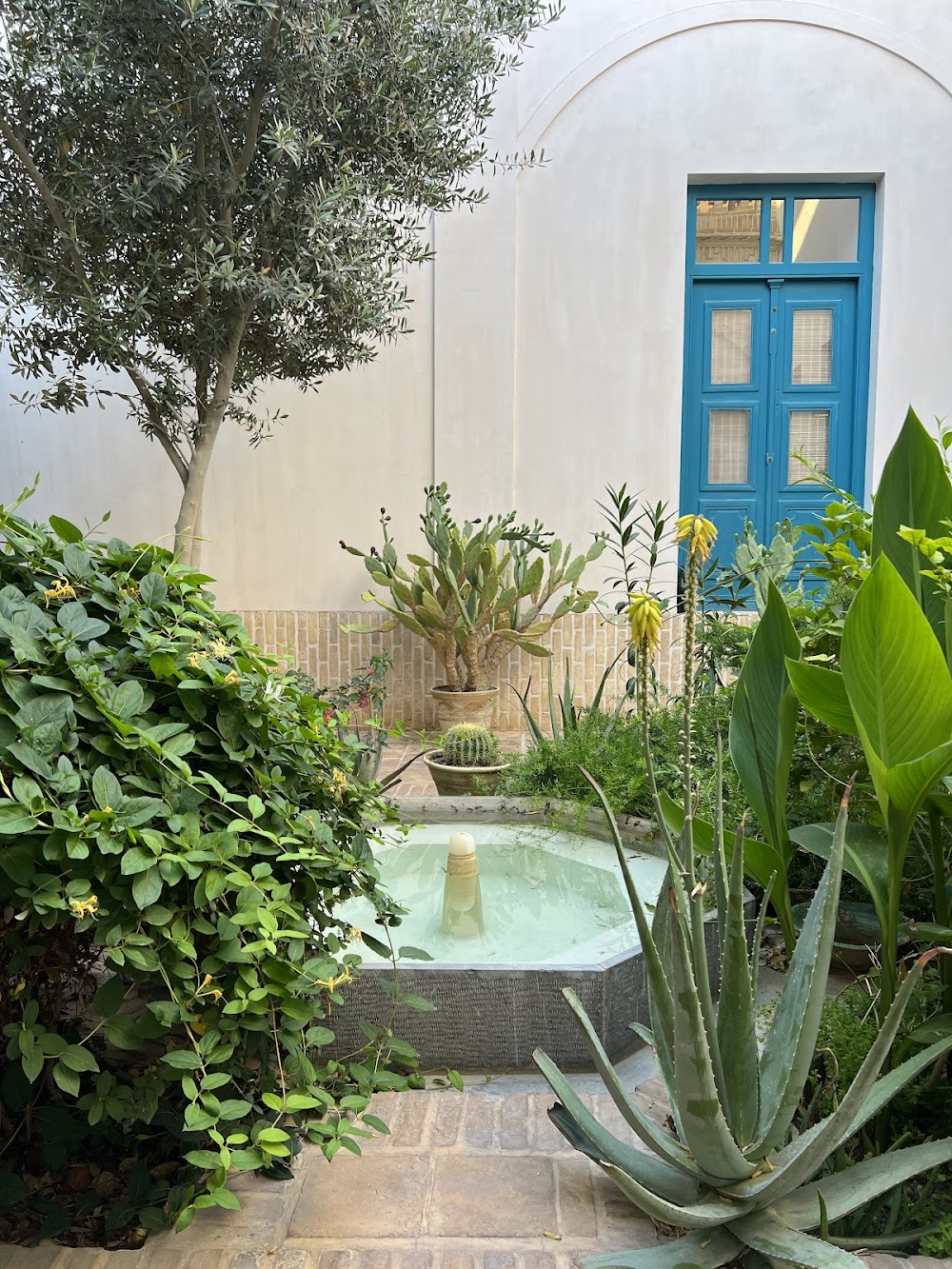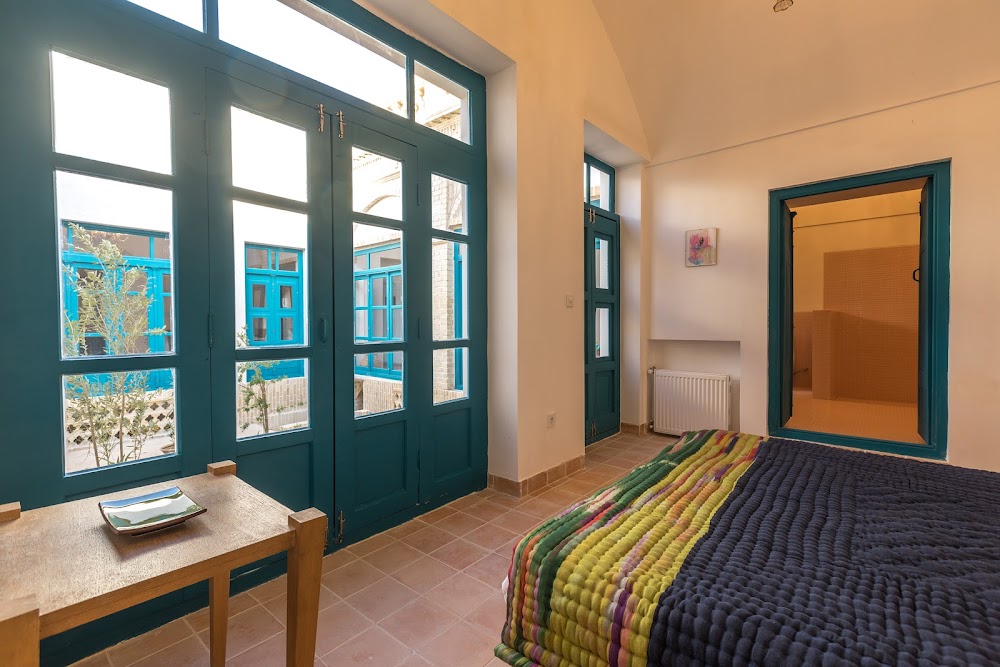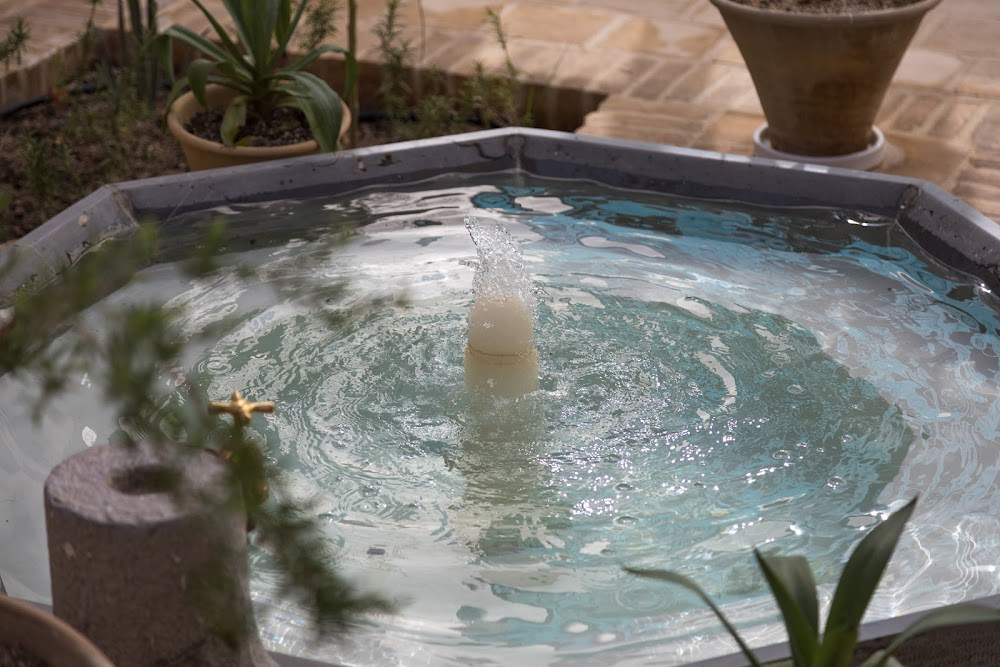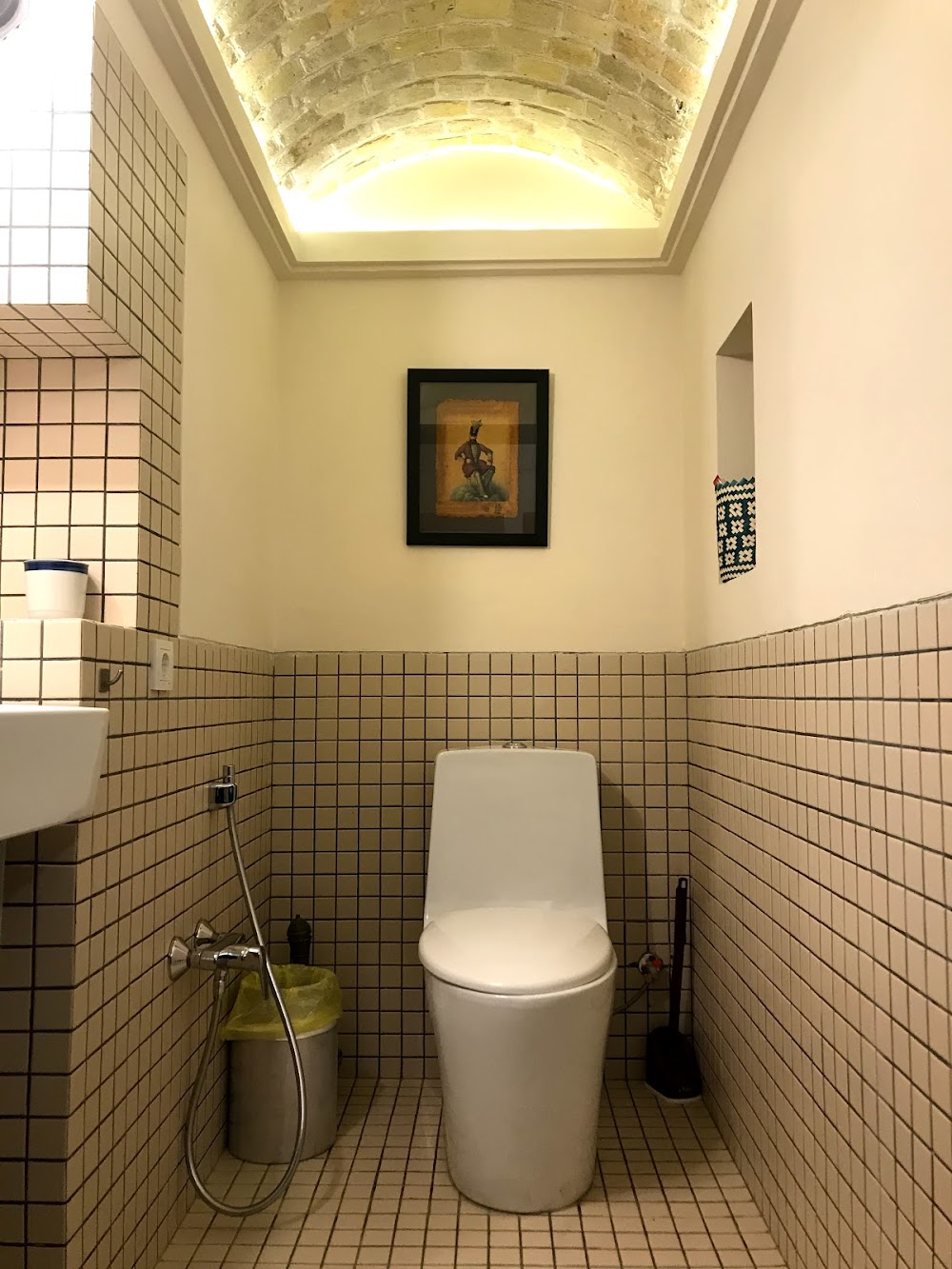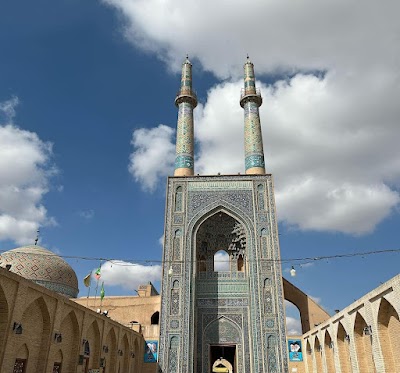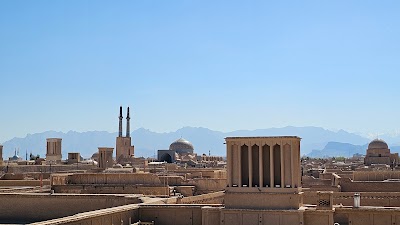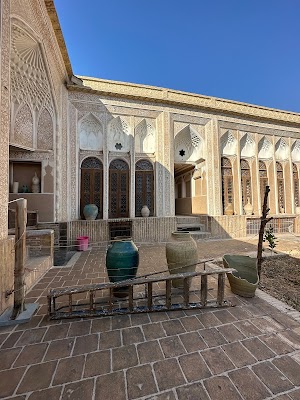Lari House (خانه لاری ها)
Overview
Lari House, nestled in the ancient city of Yazd, Iran, is a stunning representation of traditional Persian residential architecture. Established in the early 19th century during the Qajar dynasty, this magnificent abode showcases the opulence and artistry of its time. With intricate designs, spacious courtyards, and age-old construction techniques, Lari House encapsulates the essence of Persian culture beautifully.
Masterful Construction Techniques
Crafted by skilled builders, Lari House utilizes local materials quintessential to the Yazd region. The walls are made from adobe bricks, sun-dried and shaped from the surrounding desert soil. These sturdy walls are then coated with a mixture of clay, straw, and mud, offering effective insulation against the harsh desert heat, ensuring comfort within its walls.
A Grand Entrance
Upon entering through the unassuming wooden gate, visitors are often astonished by the grandeur that awaits. A series of interconnected courtyards, known as "hayats," unfold before you, each encircled by rooms featuring high, arched ceilings adorned with intricate stucco work. These courtyards serve as private outdoor spaces, complete with central pools, fountains, and lush gardens, providing a refreshing escape from the scorching sun.
Intricate Decorative Features
The hallmark of Lari House lies in its magnificent decorative elements. The mansion is celebrated for its "badgirs," or wind catchers, ingeniously designed to naturally cool the interior. These tall, chimney-like structures channel breezes into the living areas, a vital feature given Yazd's arid climate. The outer walls are adorned with colorful tiles, meticulously arranged in complex geometric patterns, illustrating the richness of Persian artistry.
Meticulous Craftsmanship
Every room in Lari House showcases painstaking craftsmanship. The walls are often embellished with fine plasterwork depicting floral motifs and elegant calligraphy. The ceilings, featuring exquisite wooden latticework, reveal a variety of patterns that highlight the artisans' skill and dedication. Large wooden doors with ornate metal knockers further emphasize the attention to detail found throughout the mansion.
Harmony of Functionality and Aesthetics
Functionality intertwines beautifully with aesthetics in Lari House. The primary living quarters, known as the "Talar," is a spacious hall typically adorned with stained glass windows. These windows not only bathe the room in ethereal light but also serve as a barrier against the intense sunlight. The basement rooms, or "sardab," provide a cool refuge from the daytime heat, showcasing the ingenious architectural solutions employed by the builders.
Cultural Norms and Layout
The layout of Lari House reflects the cultural norms of privacy and hospitality. It is clearly divided into two main sections: the "biruni," or outer area for guests and public events, and the "andaruni," the inner sanctum reserved for family life. This thoughtful distinction allows personal and social interactions to coexist harmoniously within the same dwelling.
Preservation and Living Museum
Over the years, Lari House has been meticulously maintained and restored to preserve its historical significance and architectural integrity. Careful efforts ensure that modern restorations do not detract from its original charm. Today, it stands as a symbol of Yazd’s rich cultural heritage, attracting both tourists and researchers intrigued by its structure and history.
However, Lari House is more than just a relic of the past; it serves as a living museum. Offering valuable insights into traditional Persian life and architecture, guided tours and cultural programs provide an educational experience that bridges the gap between history and the present day.
Conclusion
In summary, Lari House in Yazd is a remarkable blend of artistic brilliance and architectural ingenuity. Constructed with natural materials and thoughtfully designed for both aesthetics and climate, it offers a vivid glimpse into Iran's rich cultural tapestry. Its preserved state allows visitors to step back in time and appreciate the grandeur of a bygone era. While the hands that built it may be long gone, their legacy continues to inspire and captivate all who enter.


